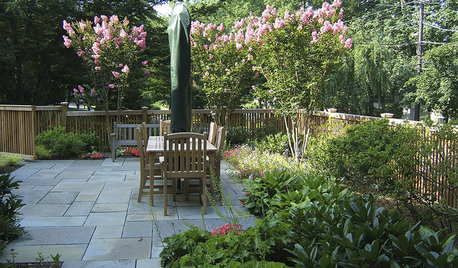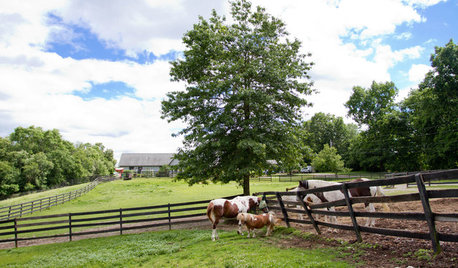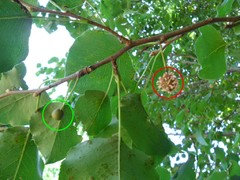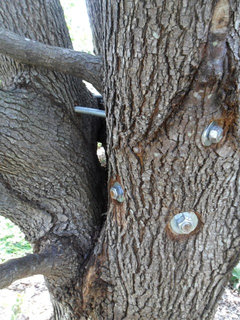What's wrong with the Bradford Pears in Raleigh?
ticksmom419
9 years ago
Featured Answer
Sort by:Oldest
Comments (24)
dottie_in_charlotte
9 years agoCasaLester RTP, NC (7b)
9 years agoRelated Professionals
Norfolk Landscape Architects & Landscape Designers · Beavercreek Landscape Architects & Landscape Designers · Middle River Landscape Architects & Landscape Designers · Arlington Landscape Contractors · Arlington Landscape Contractors · Boca Raton Landscape Contractors · Clayton Landscape Contractors · Hendersonville Landscape Contractors · Lynwood Landscape Contractors · Plymouth Landscape Contractors · Pomona Landscape Contractors · Porterville Landscape Contractors · Ramsey Landscape Contractors · Seminole Landscape Contractors · Vineyard Landscape Contractorsticksmom419
9 years agotrianglejohn
9 years agodottie_in_charlotte
9 years agowhitewatervol (Z 8a/7b Upstate SC)
9 years agodottie_in_charlotte
9 years agowertach zone 7-B SC
9 years agoticksmom419
9 years agoCasaLester RTP, NC (7b)
9 years agowertach zone 7-B SC
9 years agoTidewaterTriska
9 years agoClaire Pickett
9 years agoCasaLester RTP, NC (7b)
9 years agodottie_in_charlotte
9 years agoeibren
9 years agowhatsup
9 years agothomis
9 years agotrianglejohn
9 years agoCasaLester RTP, NC (7b)
8 years agoCasaLester RTP, NC (7b)
7 years agolast modified: 7 years agowertach zone 7-B SC
7 years agoCasaLester RTP, NC (7b)
7 years ago
Related Stories

LANDSCAPE DESIGN7 Great Trees for Summer Shade and Fall Color
These landscape-pro faves straddle the seasons beautifully. Could one enhance your own yard?
Full Story
GARDENING GUIDES6 Steps to Creating Your Butterfly Garden
Encourage these fanciful winged beauties to visit your garden while helping restore their fragmented habitat
Full Story
LANDSCAPE DESIGNHow to Help Your Home Fit Into the Landscape
Use color, texture and shape to create a smooth transition from home to garden
Full Story
SPRING GARDENING7 Spectacular and Practical Spring-Flowering Trees
Put on a beauteous show in the garden with a landscape tree awash in flowers — just do your homework first
Full Story
GARDENING GUIDESGreat Design Plant: Crape Myrtle
With long-lasting blooms and gorgeous exfoliating bark, this ornamental tree brings bright color and a unique form to the landscape
Full Story
HOUZZ TOURSHouzz Call: Show Us Your Farmhouse!
Bring on the chickens and vegetable patches. If your home speaks country, it might appear in a featured ideabook
Full StorySponsored
Zanesville's Most Skilled & Knowledgeable Home Improvement Specialists
More Discussions










trianglejohn